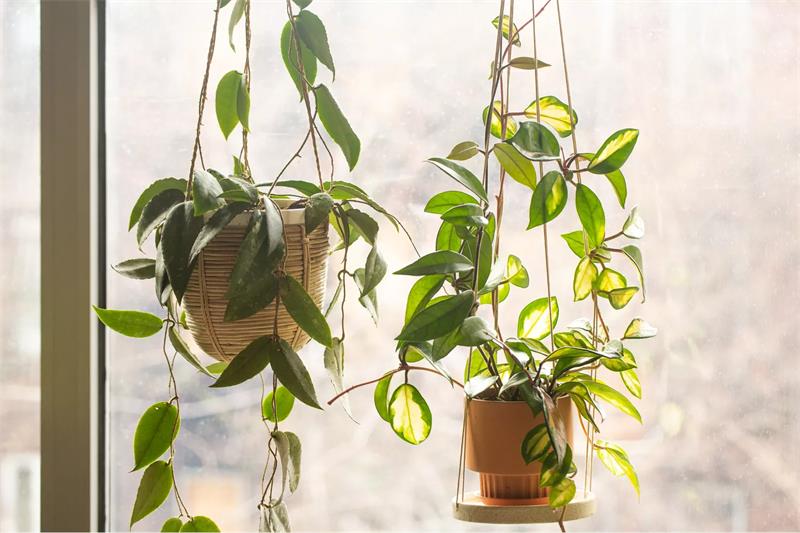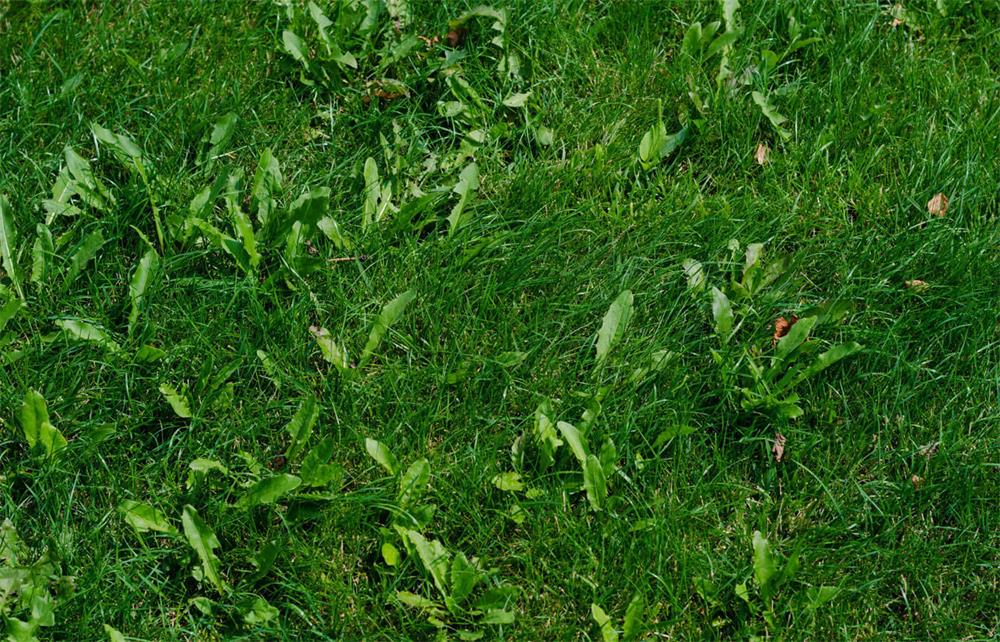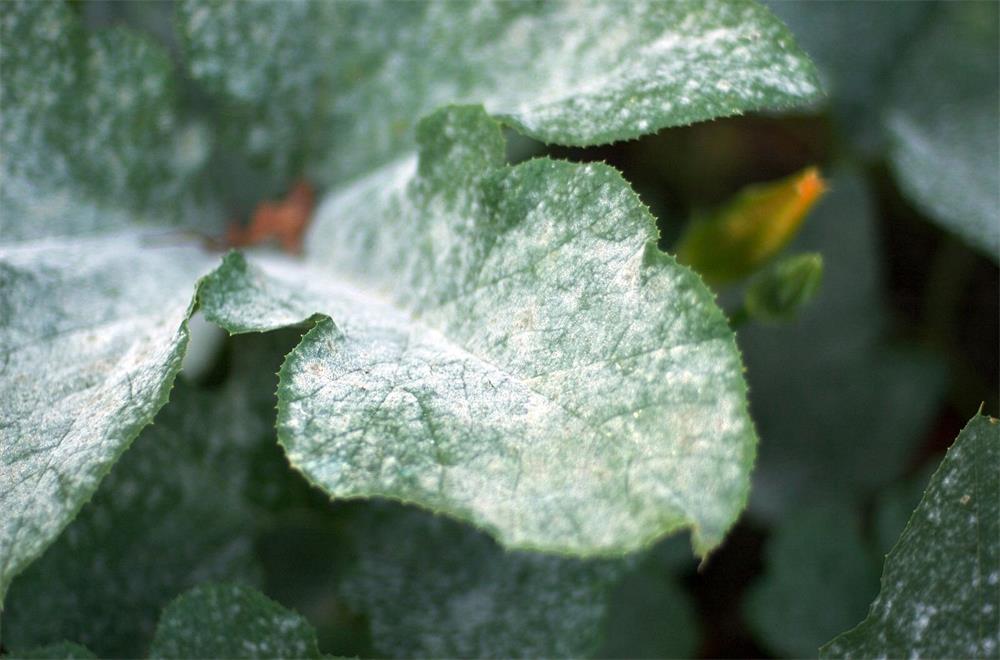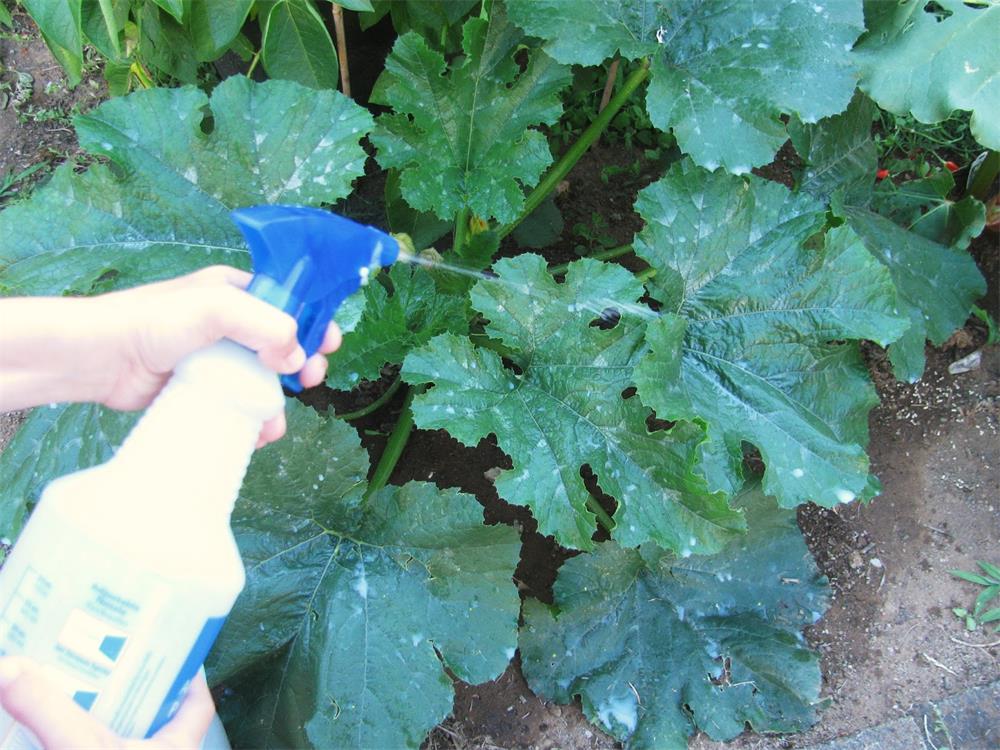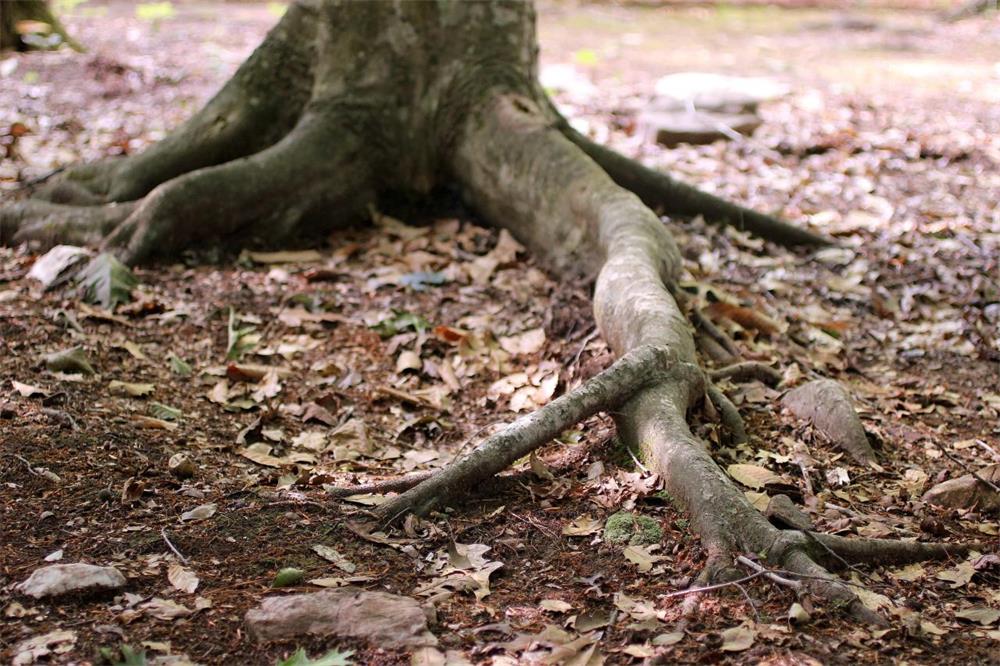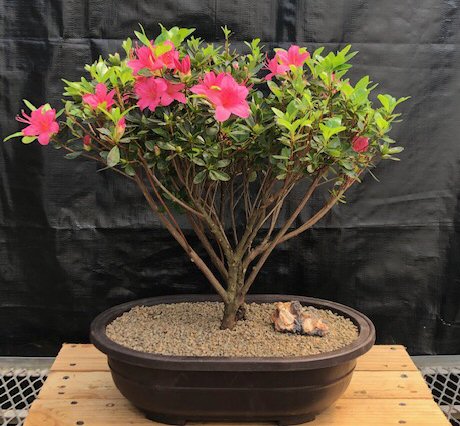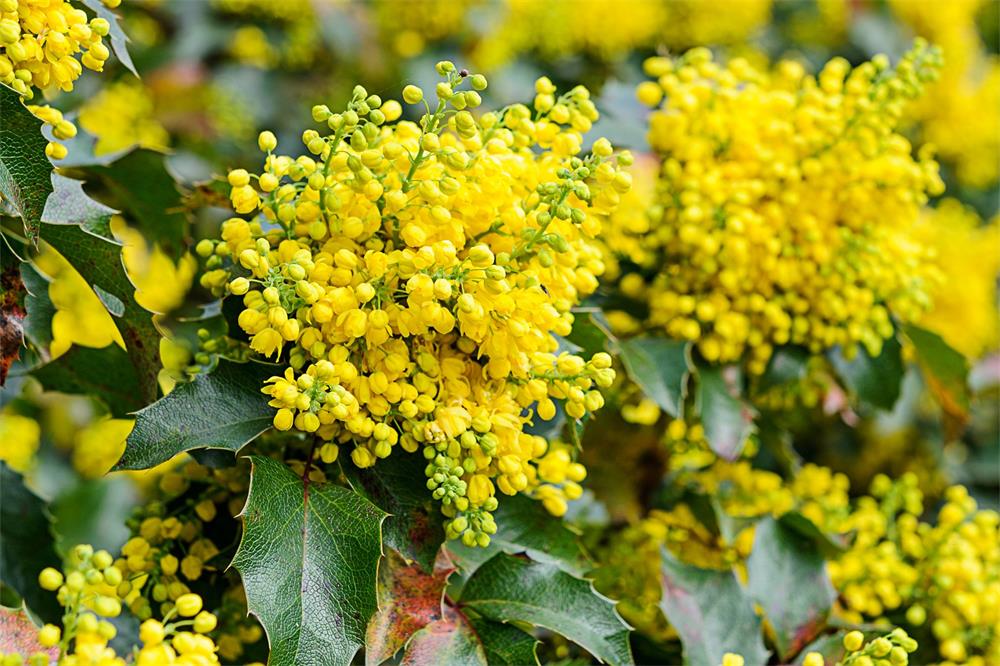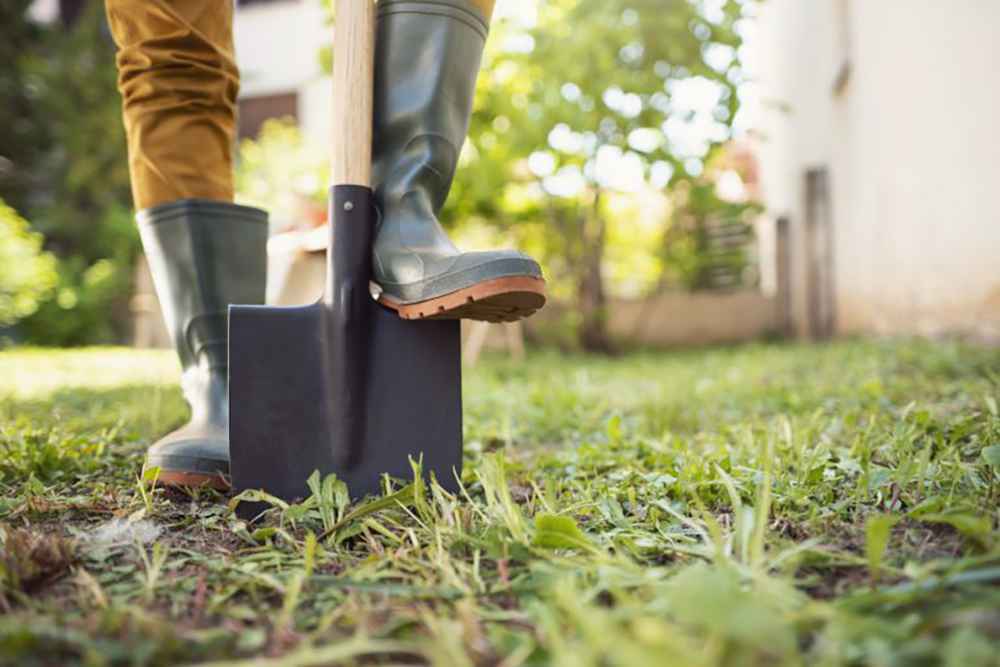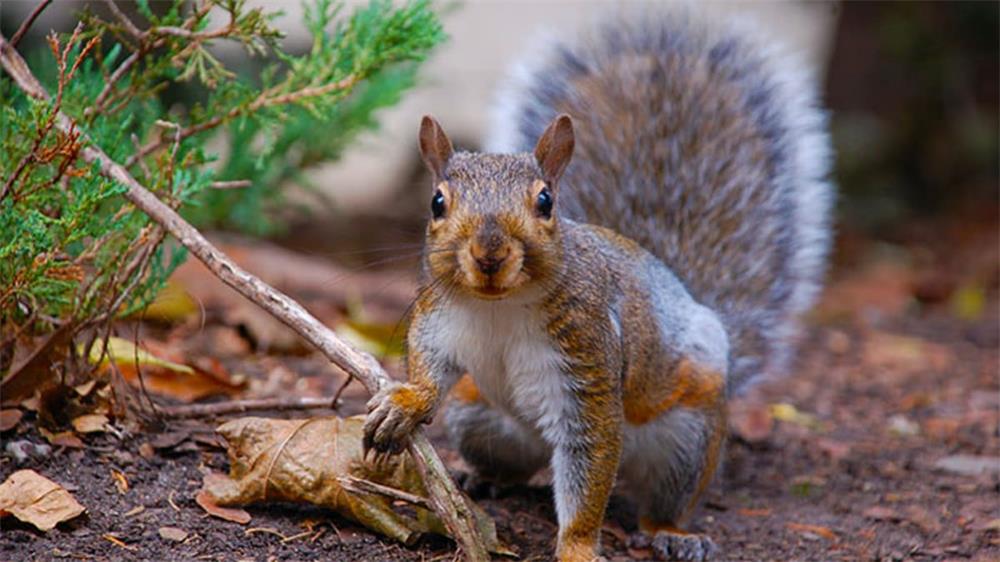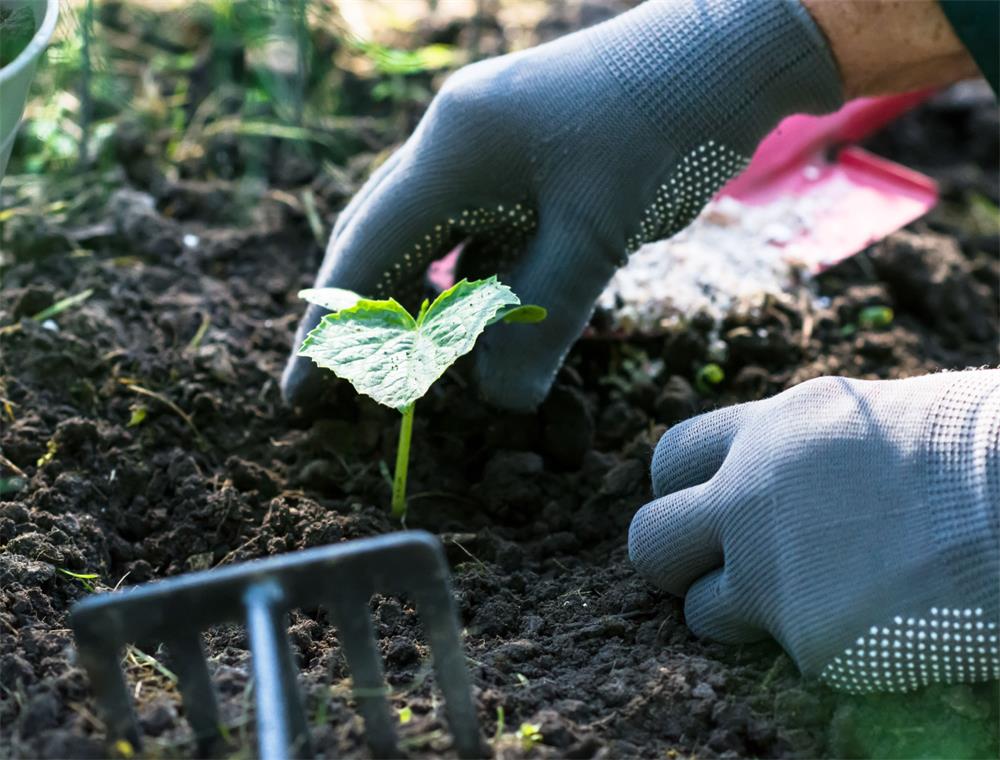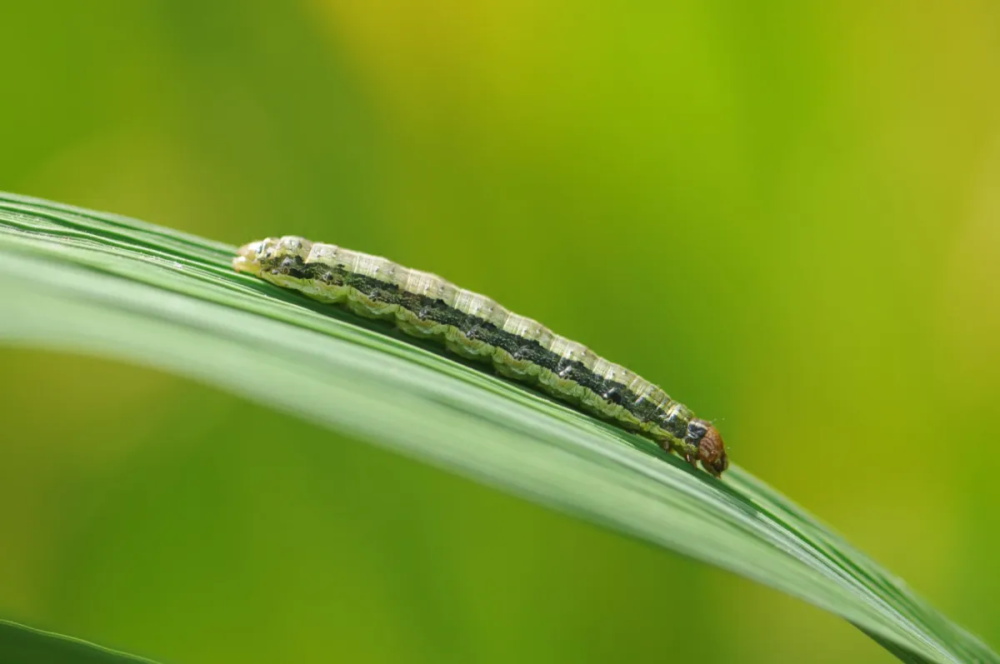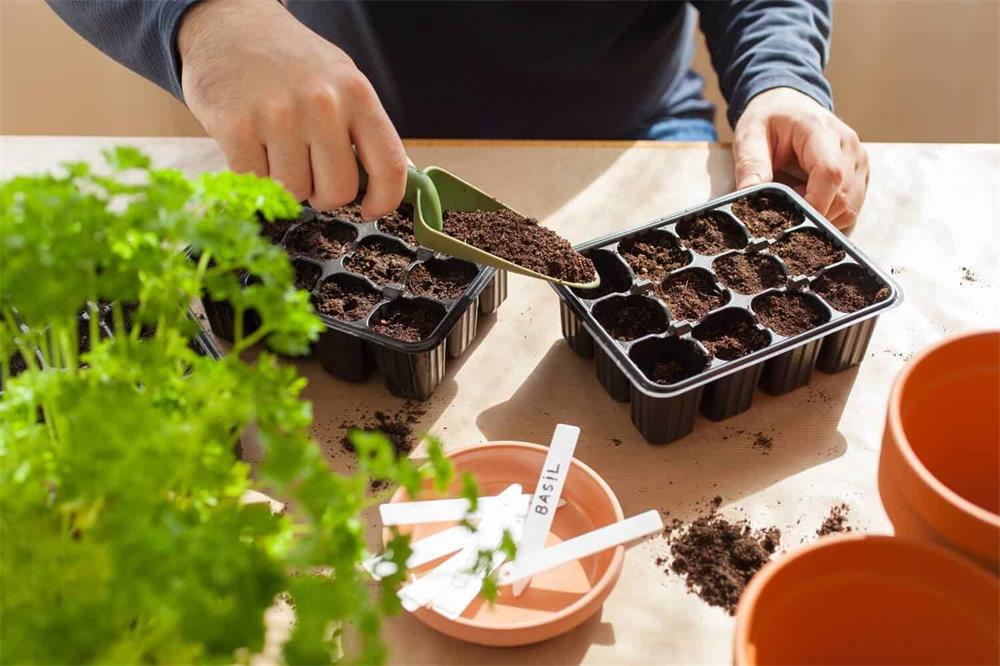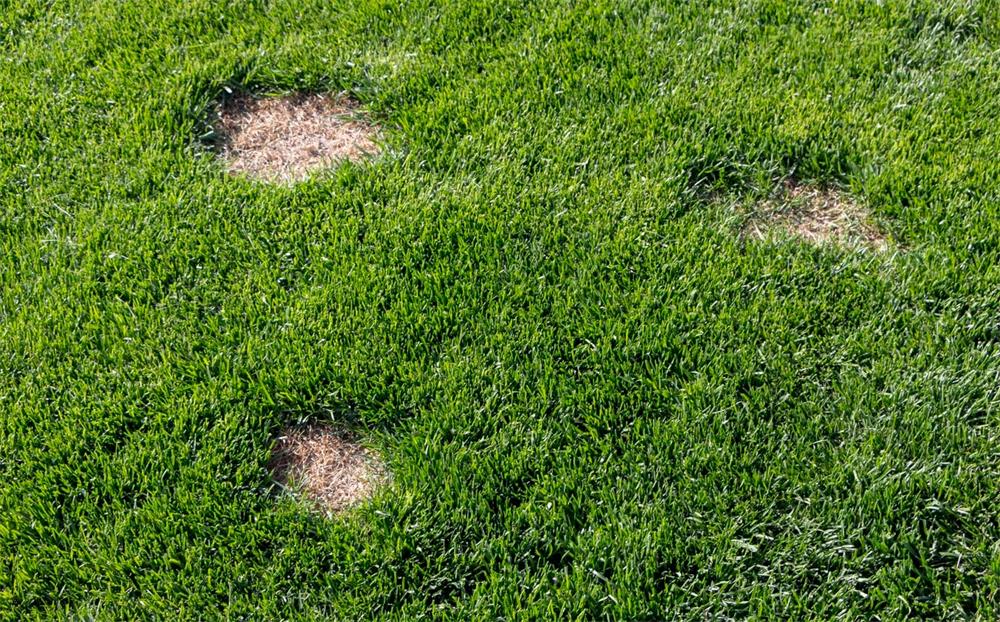
Table of Contents
Bare spots in your lawn can ruin the appearance and health of your grass. They can be caused by various factors, such as heavy foot traffic, drought, disease, chemical burn, insect infestation or weed invasion. Fortunately, you can fix these patches quickly and easily with some simple steps.
Before you start repairing the bare spots, you need to identify and address the underlying cause of the problem. For example, if your lawn has been damaged by grubs or other pests, you need to apply a suitable treatment product and wait for it to work before planting new grass. If your lawn has been worn out by frequent walking, you need to redirect the traffic or install a pathway or a barrier to protect the grass.
There are two main methods for restoring bare spots in your lawn: reseeding and patching with sod. Reseeding involves spreading grass seed and fertilizer over the affected area and keeping it moist until the seed germinates. Patching with sod involves cutting a piece of turf that matches the size and shape of the bare spot and laying it over the prepared soil.
The best time to fix bare spots in your lawn depends on the type of grass you have and the climate you live in. Generally, cool-season grasses (such as fescue, bluegrass and ryegrass) are best planted in late summer or early fall, when the soil is still warm but the air is cooler. Warm-season grasses (such as Bermuda, zoysia and St. Augustine) are best planted in late spring or early summer, when the soil and air are both warm.
How to Reseed Bare Spots in Your Lawn
Follow these steps to reseed bare spots in your lawn:
- Remove any dead or diseased grass from the area with a rake or a shovel.
- Loosen the top 6 inches of soil with a rake, a fork or an aerator. This will help the seeds absorb water and establish roots.
- Mix some topsoil or compost with the existing soil to improve its texture and fertility.
- Choose a grass seed that matches your lawn type and spread it evenly over the area. You can use a hand-held spreader or a broadcast spreader for larger areas.
- Apply a starter fertilizer that is specially formulated for new grass. Follow the package directions for the amount and frequency of application.
- Cover the area with a thin layer of straw mulch to retain moisture and protect the seeds from birds and wind erosion. Alternatively, you can use a seed germination blanket made from wood fiber or other biodegradable material.
- Water the area well and keep it moist until the seeds sprout. Depending on the grass type and weather conditions, this may take anywhere from 7 to 21 days.
- Mow the new grass when it reaches about 3 inches tall. Cut only one-third of its height at a time and use a sharp blade to avoid tearing the blades.
- Continue watering and fertilizing the new grass regularly until it is well established.
How to Patch Bare Spots in Your Lawn with Sod
Follow these steps to patch bare spots in your lawn with sod:
- Remove any dead or diseased grass from the area with a rake or a shovel.
- Loosen the top 6 inches of soil with a rake, a fork or an aerator. This will help the sod roots penetrate into the soil.
- Mix some topsoil or compost with the existing soil to improve its texture and fertility.
- Cut a piece of sod that matches the size and shape of the bare spot. You can use a sharp knife or a half-moon edger to make clean cuts.
- Lay the sod over the prepared soil and press it firmly into place. Make sure there are no gaps or overlaps between the sod and the surrounding grass.
- Water the area well and keep it moist until the sod roots into the soil. This may take about two weeks for shallow roots and up to six weeks for deep roots.
- Mow the new sod when it reaches about 3 inches tall. Cut only one-third of its height at a time and use a sharp blade to avoid tearing the blades.
- Continue watering and fertilizing the new sod regularly until it is well established.
Tips for Maintaining Your Lawn Repairs
Once you have fixed the bare spots in your lawn, follow these tips to keep them healthy and prevent future problems:
- Avoid walking or driving over the repaired areas until the grass is fully established.
- Water your lawn deeply and infrequently, rather than lightly and frequently. This will encourage deeper root growth and drought tolerance.
- Fertilize your lawn according to the grass type and soil condition. Apply fertilizer at the right time and rate to avoid burning or overfeeding the grass.
- Mow your lawn regularly and at the proper height. Avoid scalping or mowing too low, as this can stress the grass and expose the soil to weeds and diseases.
- Aerate your lawn once or twice a year to reduce soil compaction and improve water and nutrient penetration.
- Dethatch your lawn when the layer of dead grass clippings becomes too thick. This will improve air circulation and prevent fungal infections.
- Control weeds, insects and diseases promptly and effectively. Use organic or chemical products that are safe for your grass type and follow the label instructions carefully.
By following these steps and tips, you can fix bare spots in your lawn and enjoy a lush and healthy green carpet all year round.



